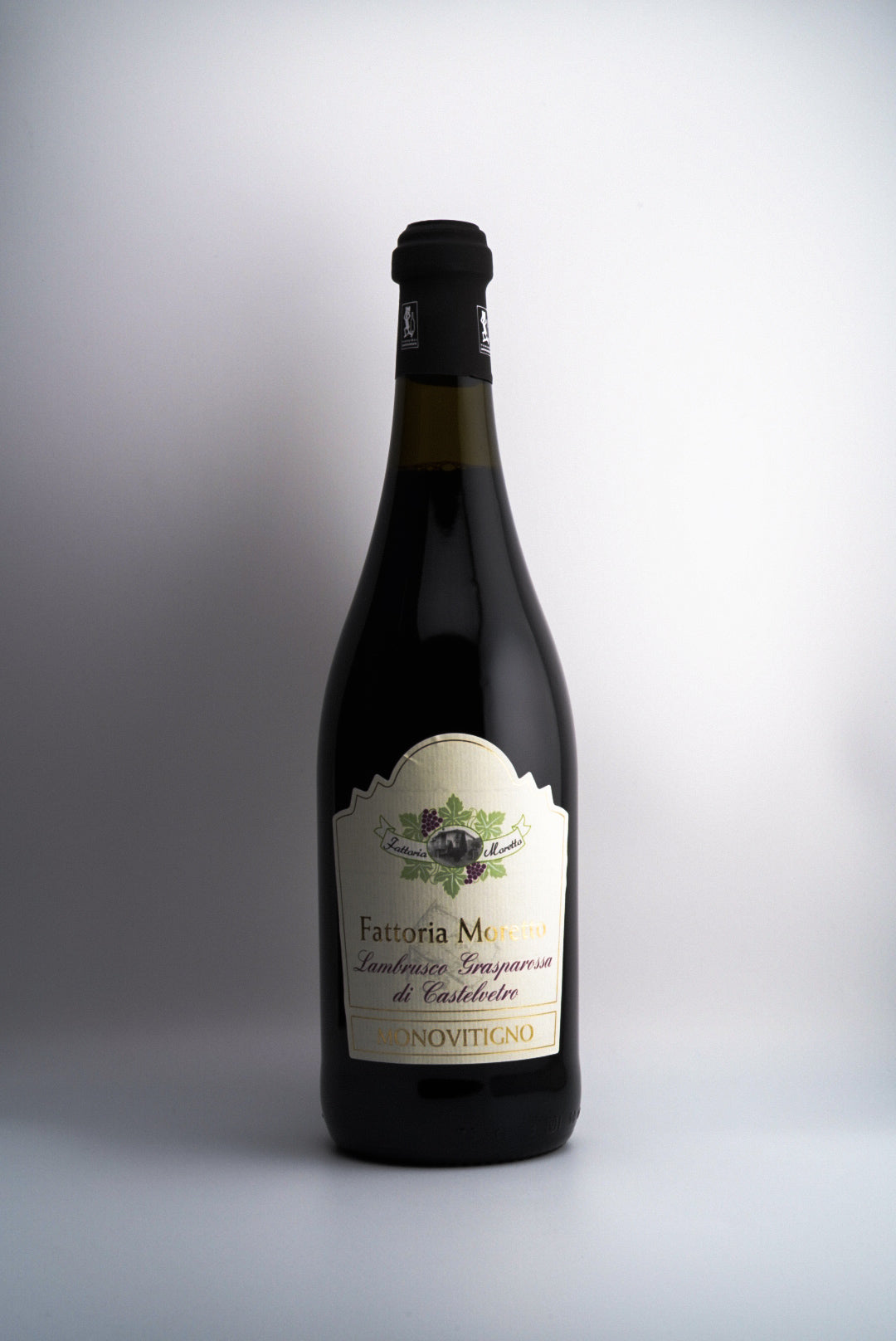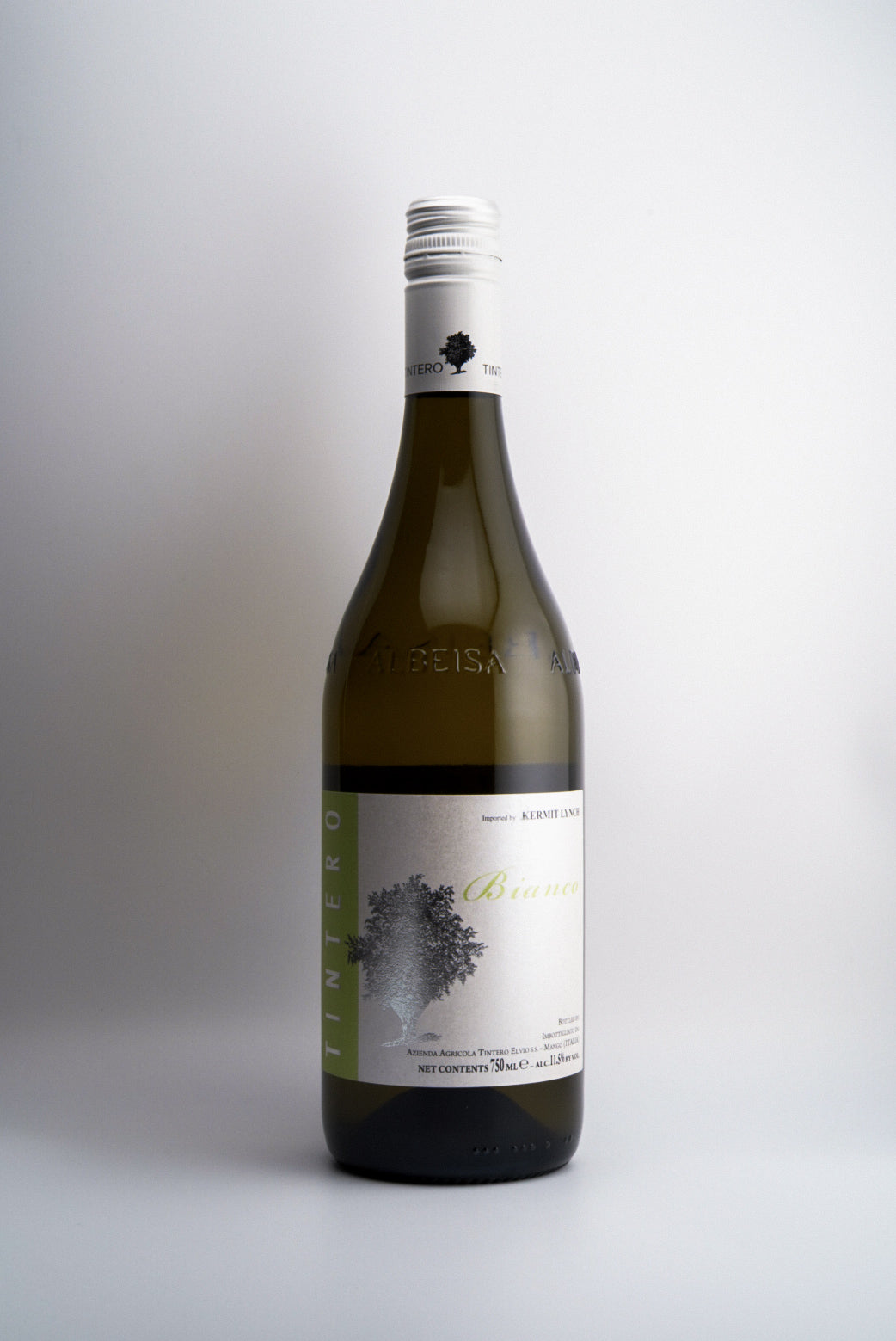How to Properly Taste Wine (Wine 101 Course Week 7 of 8)
Week 7: How to Properly Taste Wine (Mastering the Art of Wine Sensory Evaluation)
Welcome back, wine enthusiasts! We've journeyed through the fundamentals of wine, explored white and red varieties, delved into food pairings, compared Old World and New World styles, and even peeked into the world of wine aging. Now, it's time to sharpen our senses and dive deep into the art of wine tasting.
The Four Pillars of Wine Tasting
Let's break down the sensory evaluation process into four key elements:
1. Appearance
Before we even lift the glass to our nose, we can learn a lot from a wine's appearance:
- Color: Is it pale straw, deep gold, purple-tinged, or brick red?
- Clarity: Is it clear and bright, or hazy?
- Viscosity: How do the "legs" or "tears" form on the glass?
These visual cues can hint at the wine's age, grape variety, and even winemaking techniques.
2. Aroma (Nose)
Now, let's awaken our olfactory senses:
- Primary aromas: These come directly from the grape and can include fruit, floral, and herbal notes.
- Secondary aromas: Derived from fermentation, think yeasty or buttery scents.
- Tertiary aromas: Developed through aging, like leather, tobacco, or nuts.
Remember those Chardonnay and Cabernet Sauvignon profiles we discussed in Weeks 2 and 3? Now's the time to put that knowledge to use!
3. Taste (Palate)
As we sip, we're looking for:
- Sweetness: Is it bone-dry or dessert-level sweet?
- Acidity: Does it make your mouth water?
- Tannins (in red wines): Do you feel a drying sensation on your gums?
- Alcohol: Can you sense the warmth?
- Body: Does it feel light like skim milk or full like cream?
4. Structure and Finish
Finally, we evaluate how these elements come together:
- Balance: Do all components harmonize, or does one overpower?
- Complexity: Are there layers of flavors, or is it straightforward?
- Length: How long do the flavors linger after swallowing?
Honing Your Tasting Skills
Developing a discerning palate takes practice. Here are some tips:
- Use an aroma kit: Train your nose to recognize different scents.
- Keep a tasting journal: Document your experiences to track your progress.
- Compare wines side by side: This helps highlight subtle differences.
- Taste regularly: The more you practice, the better you'll become.
The Art of Blind Tasting
Now, let's talk about one of the most exciting challenges in the wine world: blind tasting.
What is Blind Tasting?
Blind tasting involves evaluating a wine without knowing its identity. It's not just a party trick – it's a crucial skill for wine professionals.
The Deductive Tasting Method
Sommeliers use a systematic approach:
- Sight: Analyze the appearance
- Nose: Identify aromas
- Palate: Assess flavors and structure
- Initial Conclusion: Make an educated guess about the wine
- Final Conclusion: Refine the guess based on additional contemplation
Why Blind Tasting Matters
Blind tasting is more than just a fun challenge:
- It eliminates bias from labels or prices
- It keeps tasting skills sharp
- It's crucial for quality control in wineries
- It's used in competitions and sommelier certifications
Remember our discussion on Old World vs. New World wines in Week 5? Blind tasting is where that knowledge really shines!
Try It at Home!
Want to test your skills? Here are some fun blind tasting games:
- Old World vs. New World: Can you tell a French Syrah from an Australian Shiraz?
- Varietal Guessing Game: Identify the grape variety in a single-varietal wine.
- Vintage Challenge: Try to guess the age of the wine.
Wrapping Up
Sensory evaluation is the culmination of everything we've learned so far. It's where science meets art, where knowledge meets intuition. As you practice, you'll find yourself appreciating the nuances in that glass of Bordeaux or Napa Cabernet like never before.
Remember, the goal isn't to become a wine snob, but to enhance your enjoyment of wine. So keep swirling, sniffing, and sipping – your wine journey is just beginning!
Next week, we'll explore how all these elements come together in specific wine regions. Get ready to travel the world through your glass!
Cheers until then!
Wine 101

Holiday Pairing Guide — 10 Essentials Thanksgiving Wine Pairing Guide: 10 Wines for a Delicious Feast Thanksgiving is our favorite kind of chaos: a table full of savory, sweet, crunchy, and creamy — all at...
Read more →Latest articles

Wine Education · Opinion Don’t Fear Non-Vintage: The Case for Blending Across Seasons We expect wine to behave like a time capsule. One year, frozen in glass. But a single season can be cruel or kind, and ...

What's Below: BBQ & Grilling Perfect Red Wines Meat & Wine Matches Veggie Grill Wines Pool Party Essentials Crisp White Wines Rosé All Day Sparkling Options Party Planning Ho...

What's Below: European Gems Slovenia's Hidden Tuscany Austria's White Wine Wonderland Spain's High-Altitude Surprise New World Discoveries Mexico's Wine Revolution Brazil's Italian Influ...

We've paired every single Trader Joe's cheese with the perfect wine. Your next cheese board is about to get very, very good. The Ultimate Trader Joe's Cheese & Wine Pairing Guide Look, Trader Joe...

"Liberté, égalité, fraternité" The key to great Bastille Day wine pairing is choosing authentic French wines that complement traditional French foods without overpowering them. Rich cheeses, herb-crus...

What wine should you have on 4th of July? These (All American) ones!

"Wine was never trying to be cool. And thank goodness for that." Every few months, another think piece declares wine dead. "Gen Z has killed wine." "Hard seltzers are the new wine." "Why wine isn't cool...

What's Below: The Foundation Introduction The Absolute Reality Real Shopping Experience Digital & Psychological The iPhone Test Psychology of Enhancement Addressing the Purists ...

Image source: Valentina Vineyards. San Diego's top source of organically farmed wine grapes. San Diego County boasts over 172 active wineries and vineyards across diverse microclimates, from coastal va...

Italy boasts a rich tapestry of wine regions, each with its unique terroir, indigenous grape varieties, and winemaking traditions. Join us on a journey through all 20 Italian administrative regions, from int...

The journey of wine grapes from vineyard to bottle is a fascinating process guided by both science and tradition. Let's explore how vignerons determine the perfect moment to pick their grapes for optima...

Easter Wine Pairings That Won't Disappoint Easter is hopping our way, and whether you're hosting an elegant brunch or a family feast, the right wine can transform your gathering from merely memorabl...

Explore Sherry: Spain's Ancient Fortified Treasure Source: Consejo Regulador de los Vinos de Jerez y Manzanilla. If you are trying to get an excellent academic understanding of Sherry, its various styl...

Explore Washington State Wine Source: Washington State Wine Commission. If you are trying to get an excellent academic understanding of Washington State, its various wine regions, and its role within t...

















